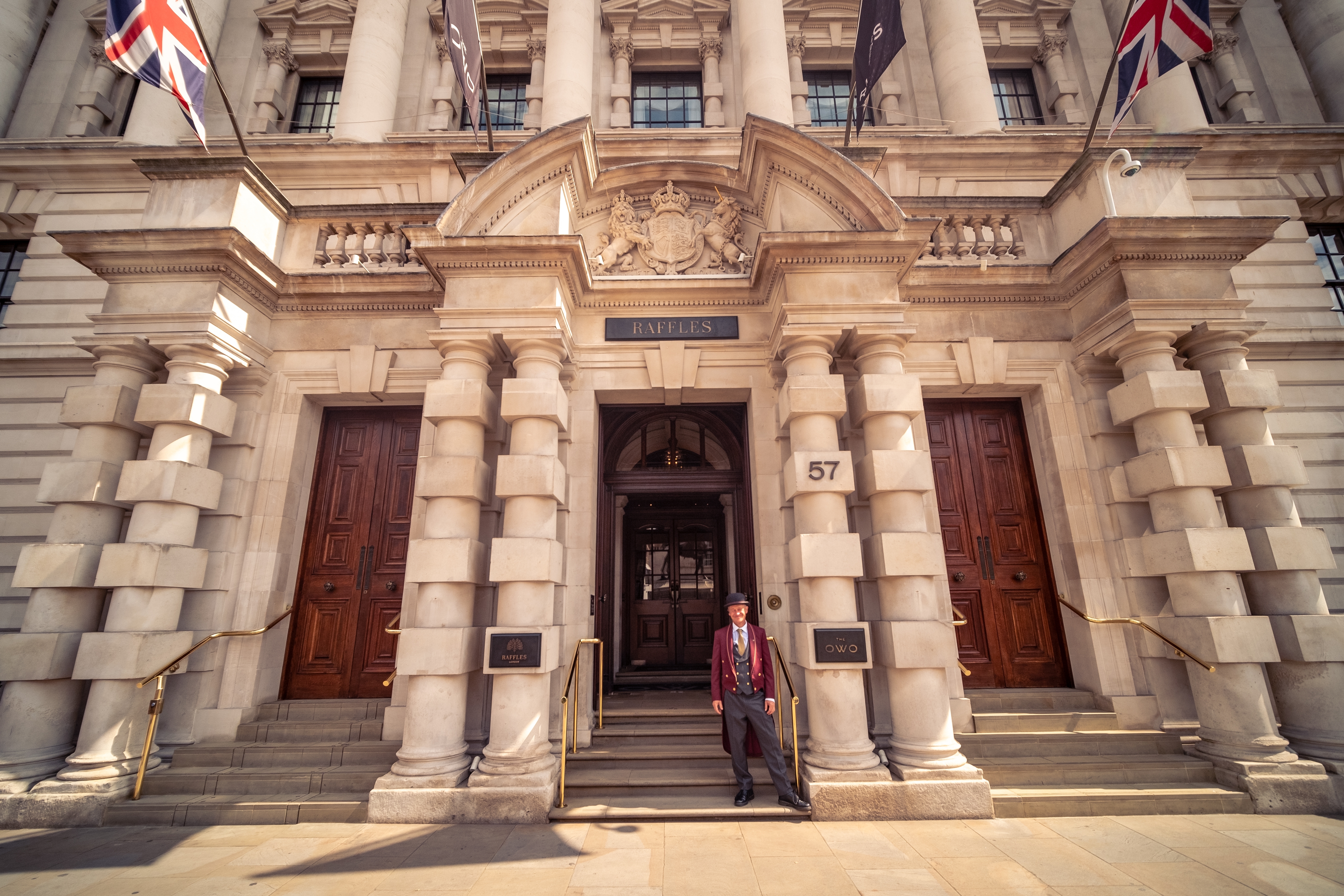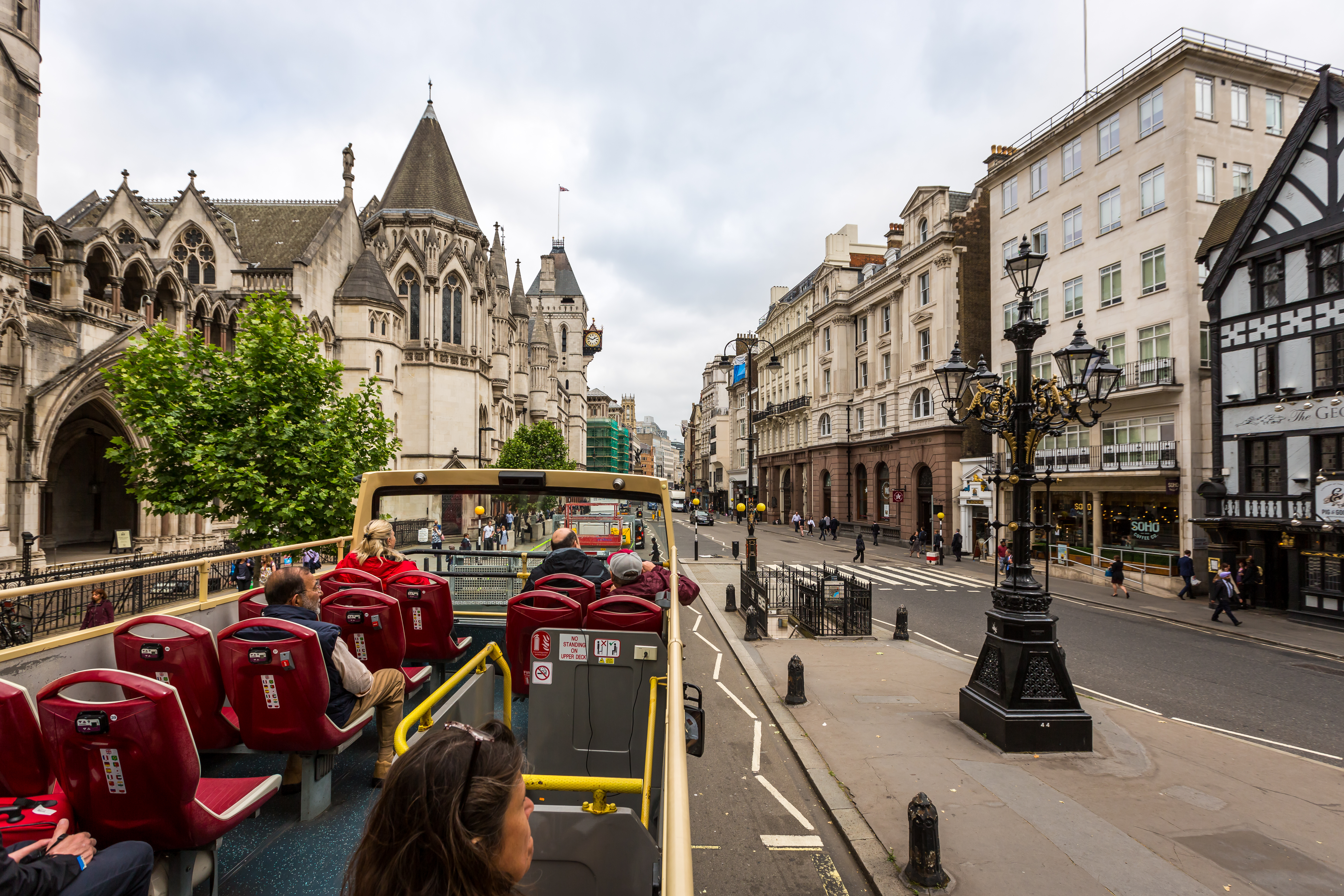Things to Do in Bosham
Bosham, a branch of Chichester Harbour, is a quayside village in West Sussex. Besides its tales that are as old as time itself, Bosham’s tranquil waters, ethereal churches, labyrinthine streets, and lush landscapes have lured in throngs of eager tourists over the years. Most of its inhabitants are not “economically active,” as the unspoiled village is a haven for retiring folks or those escaping the clutches of city life.

Bosham used to be the sixth-most important town in Sussex in the 8th century, making it one of the Roman Empire’s most significant holdings. It went on to remain a key centre in England’s ancient and mediaeval politics, rendering the village vulnerable to pirate attacks and shrouding it in countless myths. Bosham legend has it that the great King Cnut commanded the waves to turn back while sitting on his throne, which was reposing on the seabed. When the waters refused to be subdued and engulfed him and his ardent courtiers, it shed an unsavoury light on his mortality.
Today, with its quiet air of historicity and luxuriant beauty, the village is an utter exploratory delight. Read on to plan your Bosham itinerary.
Bosham Quay
As an inlet village on Chichester Bay, Bosham Quay is one of the region’s most pivotal marine attractions. It is a prime sailing haunt in Sussex, littered with moorings for boats and yachts. There’s also a range of water adventures, such as kayaking and canoeing.
The Bosham Quay is a quiet picnicking and people-watching spot, lined with cafes, pubs, and ice-cream joints that boast splendid views of the shimmering waters.
Its high tides, however, are notorious for creating chaos. Bosham Quay is famous for anecdotes about tourists parking their cars near the shore, only to return and find them floating in the water. The famous Anchor Bleu pub showcases extensive photographic evidence of this phenomenon on its walls, truly cementing the Quay’s volatile waters as an inside joke within Bosham's community.
Also Read: The Best Things to Do in Berkshire
Bosham Walk Art and Crafts Centre
Located in the heart of Old Bosham, the Bosham Walk Arts and Crafts Centre is an enclave of art exhibitions and eateries.
In a motley of 20 exhibits, visitors will find paintings, photographs, and posters curated by local artists. Besides the artistic hidden gems populating the mediaeval space, there are a range of souvenir shops selling clothes, books, maps, and jewellery.
There’s also the iconic pottery studio called Doodle and Daub, where people can paint ceramic items, fire them in the hearth, and take their creations home. Visitors can also stop by some of Bosham’s dearest cafes at the Walk, such as Bosham Sweets and Ice Cream, whose coffees and handmade fudges are deeply cherished by Bosham locals.
Also Read: Battersea Park Things to Do
Holy Trinity Church
The Holy Trinity Church is one of Sussex’s most precious treasures, as the Grade I-listed building is one of the county’s oldest structures.
The Holy Trinity Church is perched on the site of a Roman basilica. Its Roman beginnings are manifested in its unique architecture and the surrounding Roman ruins. Notwithstanding the Roman roots, many historians associate the church with the advent of Christianity in Sussex. As such, the origin story of the Holy Trinity Church remains cloudy.
Built with ashlar stone, the humble church bears tiled roofs and a shingled spire. The lower portion of the church, such as the chancel, sacristy, and the lower chunk of the tower, are typical Saxon structures that were included in the 12th and 13th centuries.
A small coffin was unearthed near the chancel in the 19th century, which turned out to be that of King Cnut’s eight-year-old daughter. Later in 1954, a few workmen found another coffin near the chancel, which is speculated to be the remains of Harold II, the last crowned Anglo-Saxon king of England.
Also Read: Things to Do in Appleby-in-Westmorland
Fishbourne Roman Palace
A ten-minute car ride from Bosham will take visitors to Britain’s biggest Roman residence, located in Fishbourne.
An accidental unearthing of a handful of Roman mosaics in 1960 led to the brick-by-brick discovery of one of the most extensive Roman remains. The remains are of a handsome, palatial Roman palace, complete with 100 rooms. Most of the rooms were decked out in intricate Roman mosaics, which are believed to be some of the oldest in Britain. Merely 20 mosaics from the trove survived to see the light of modern civilisation.
There is no concrete evidence regarding the owner of this palace. Most historians speculate that Cogidubnus, a quasi-mythical British ally of the Romans, lived in the palace. While it was destroyed in the fire of 275 AD, it is believed that Romano-British squatters took over the ruins for the next few centuries.
A museum has been erected on the site, preserving the mosaics. The palace garden has also been recreated, ablooming with plants that are believed to have existed during Roman times.
Also Read: Best Things to Do Essex
Chichester Cathedral
Dating to 1075, the Chichester Cathedral has been described by Ian Nairn as “the most typical English cathedral.”
The Chichester Cathedral was built to become the seat of the bishop, replacing the Selsey Abbey that was founded in 681. It was consecrated in 1108 by Bishop Ralph Luffa. It was originally a Norman construction, but several fires and calamities necessitated rebuilding ventures and additions, thus weaving in English Gothic and Romanesque styles.
It was originally built with stone from the Quarr on the Isle of Wight. The cathedral is lavished with rare mediaeval sculptures, stained glass, and tapestries. One of its most unique features is its free-standing mediaeval bell tower, which is used to this day by church officials who have to climb 84 steps to reach the bell. It is also the only English cathedral to have French-inspired double aisles.
The Chichester Cathedral is also adorned with majestic Tudor paintings, which have been hailed as “valuable examples of propaganda painting from the era.”
Also Read: Things to Do Canary Wharf
West Dean Gardens
Sprawling the interiors of Chichester, the West Dean Gardens is a mediaeval pleasure estate dating to 1622.
After the site was acquired by James Lewkenor, a graceful manor was incorporated into the garden. The garden was extended and enclosed, and more trees were planted. The estate continued to thrive as its ownership hopped from one English noble to the next.
Mature beeches, limes, horse chestnuts, and cedars dot the 50-acre garden, and flint bridges hover over the babbling brook. There are thirteen working Victorian glasshouses hosting orchids, fuchsias, figs, and chillies, besides a walled kitchen garden. A 300-foot-long Edwardian pergola unfurls right in the centre of the garden, imbuing the air with romantic mystique and offering the perfect setting for a grand afternoon tea affair.
Also Read: Things to Do in England in October
Sea School Restaurant
The Sea School Restaurant is Bosham’s iconic gastronomical escape, crowned with two AA Rosettes for its fine dining experience.
The stately dining room is characterised by classy, chintzy floor tiles and unembellished windows framing Bosham’s greenscapes. Rich, cream tapestries and shimmery upholstered furniture adorn the room. Vases of orchids inject the understated ambience with a pop of colour.
Guests are in for a classic British feast at the Sea School Restaurant, with the menu changing its tune with the season. Halibut fillet, roasted guinea fowl, and duck breast with walnut puree are some of the restaurant’s most popular main dishes. The Sea School Restaurant also takes pride in its exclusive selection of cheeseboards and range of homemade ice creams.
Steeped in history and briny splendour, Bosham is indeed a hidden gem filled with character. While it’s a strong nod to England’s fateful past, it is now one of the country’s most wondrous bucolic retreats. It's time to take off to Bosham, where your rejuvenating sojourn awaits.



